Overleaf 模板库LaTeX 样例 — Recent
示例可帮助您学习如何使用强大的 LaTeX 包和技术。
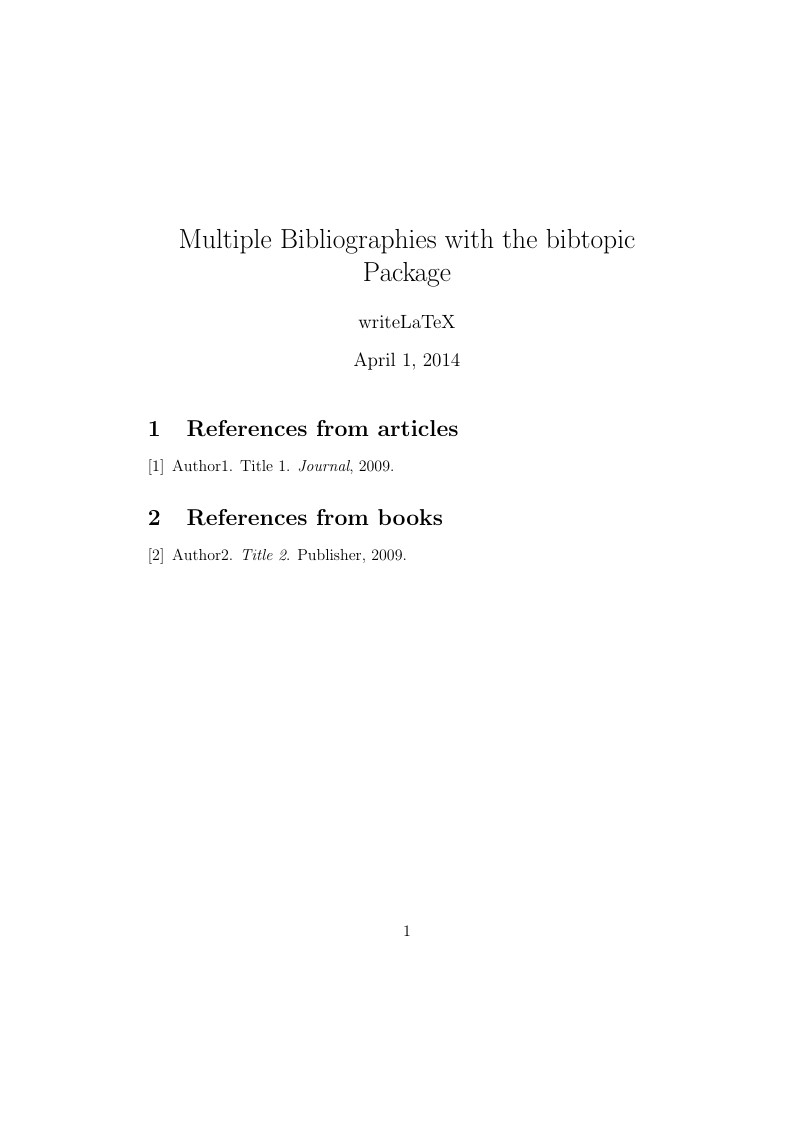
This example shows how to generate multiple bibliography sections with the bibtopic package. Each bibliography section can have its own .bib file. This can be very useful in books or theses, if you'd like one references section per chapter, and also in grant and research proposals. See the package documentation for more information.
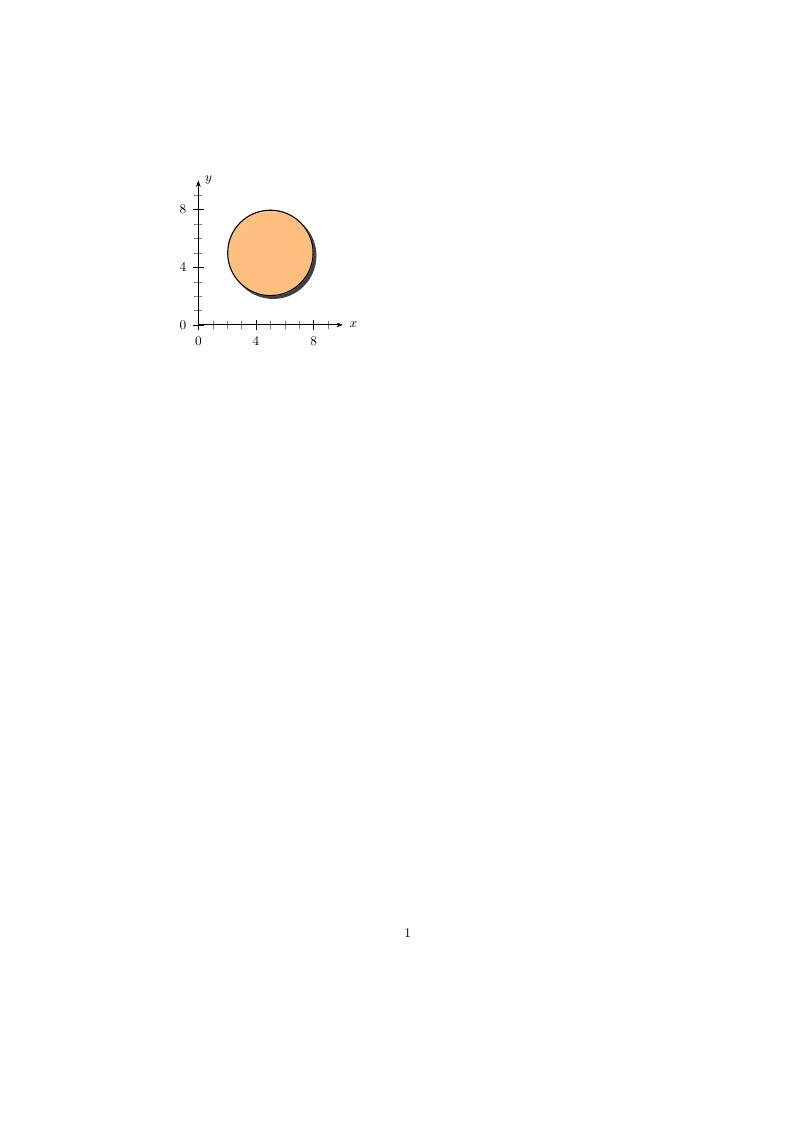
PSTricks provides a number of built in functions to enable the quick creation of figures, graphs and diagrams in LaTeX. Here we see how to use the built in command for drawing a circle. Original source: http://www.thelazymathematician.com/p/pstricks-examples.html
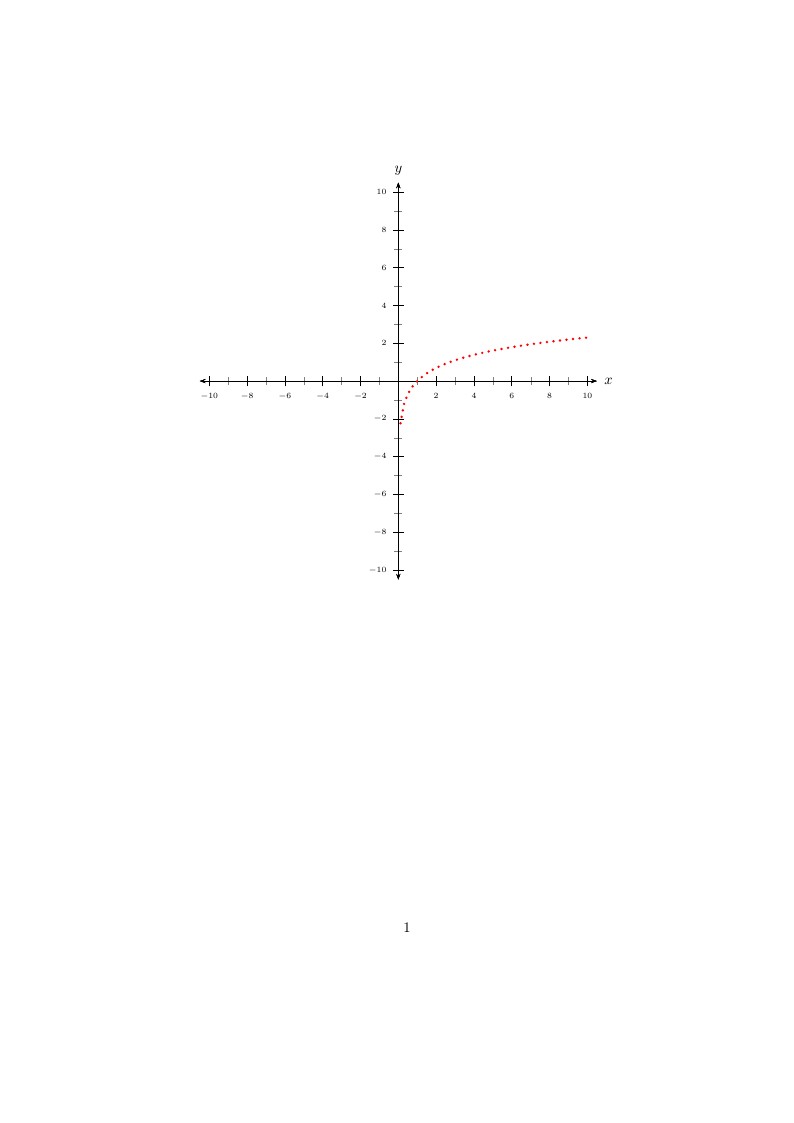
A short example to show how to use pstricks to plot the graph of a function in LaTeX. Original source: http://www.thelazymathematician.com/p/pstricks-examples.html

This example shows how to use the pstricks package to indicate an interval region. Original source: http://www.thelazymathematician.com/p/pstricks-examples.html
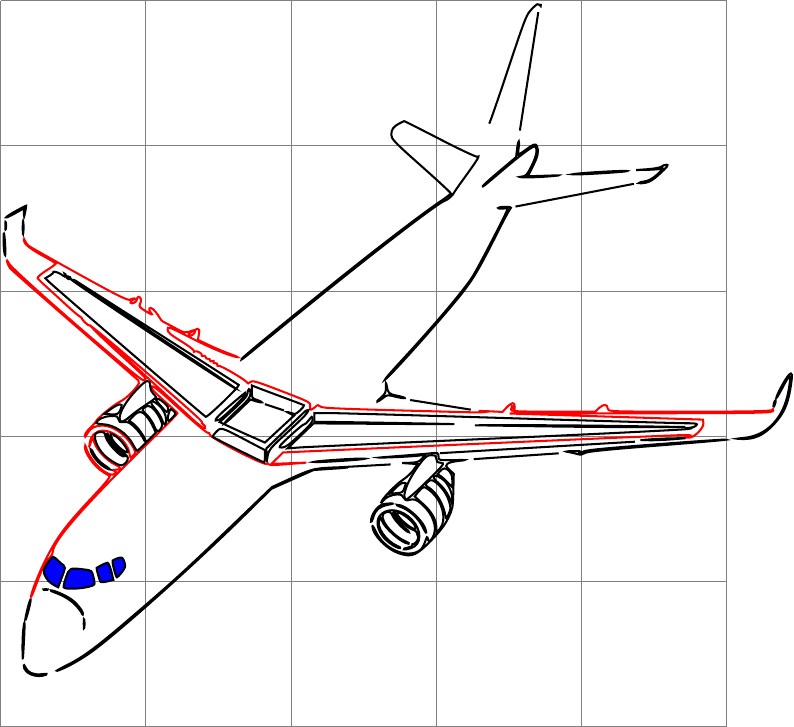
Vectorized into eps by potrace, converted into metapost by pstoedit, manually edited into a tikz picture, cleaned up a bit. Source: https://github.com/lahvak/TeX-stuff/blob/master/plane.tex
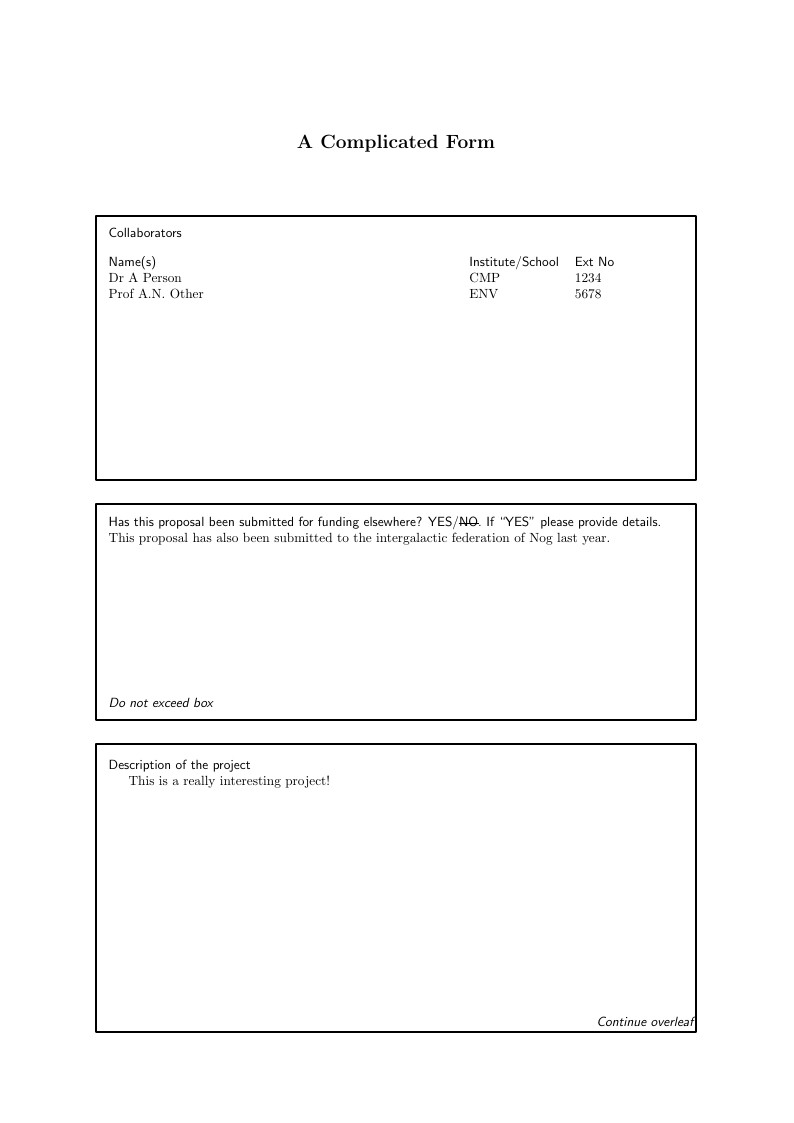
tex based on webpage from LaTeX Community. website: http://www.latex-community.org/index.php?option=com_content&view=article&id=342%3Awriting-a-latex-class-file-to-produce-a-form&catid=54%3Alatex-document-classes&Itemid=112 Originally Written by Nicola Talbot. Friday, 20 November 2009 11:55
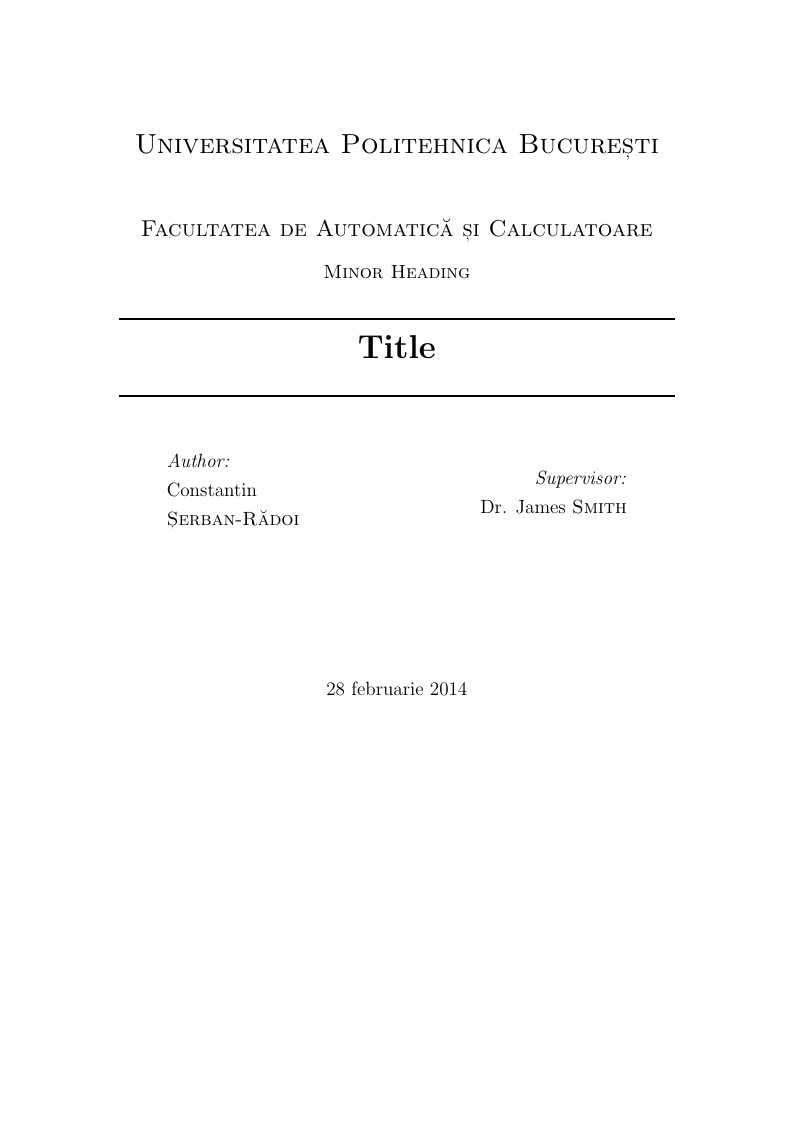
Simple Sectioned Essay Template LaTeX Template This template has been downloaded from: http://www.latextemplates.com Note: The \lipsum[#] commands throughout this template generate dummy text to fill the template out. These commands should all be removed when writing essay content.
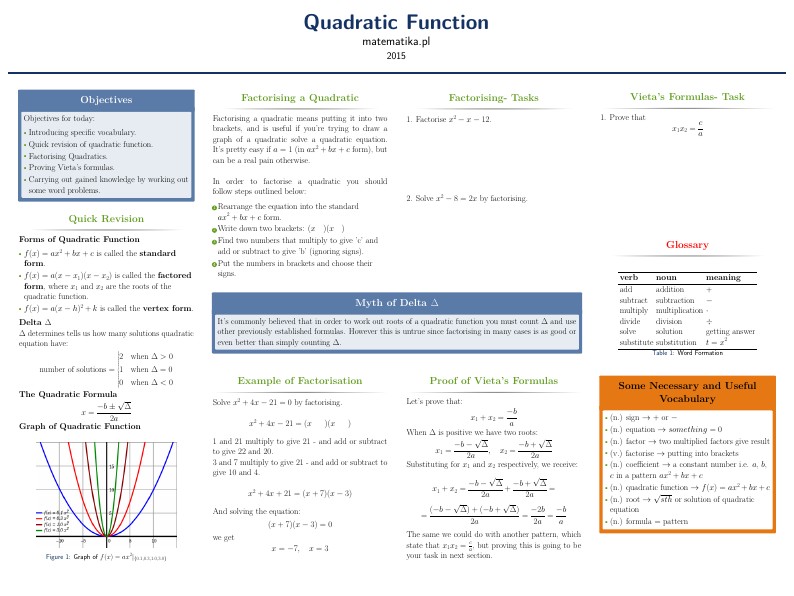
A leaflet created for a Math class that I conduct during this term.
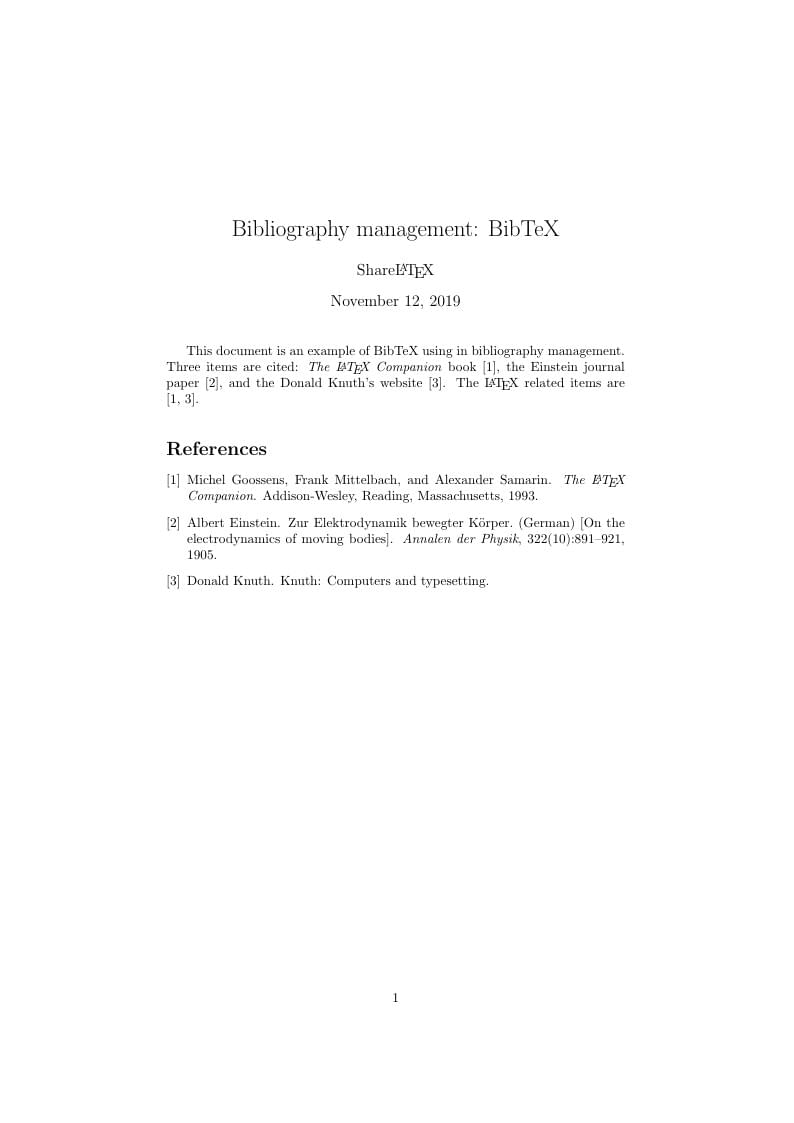
An example showing how to use BibTeX to manage your bibliography. This example was originally published on ShareLaTeX and subsequently moved to Overleaf in November 2019.